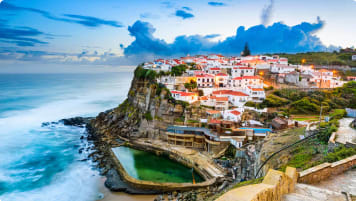Lisbon Travel Notes for mature & senior Travellers
Lisbon Travel Notes for mature & senior Travellers Travellers, meet Lisbon. Lisbon, Travellers. Hello there. Olá! I am Lisbon, an elegant Portuguese city perched upon the banks of the sparkling River Tagus. Locals call me ‘Lisboa’.…
11 Oct 21 · 11 mins read
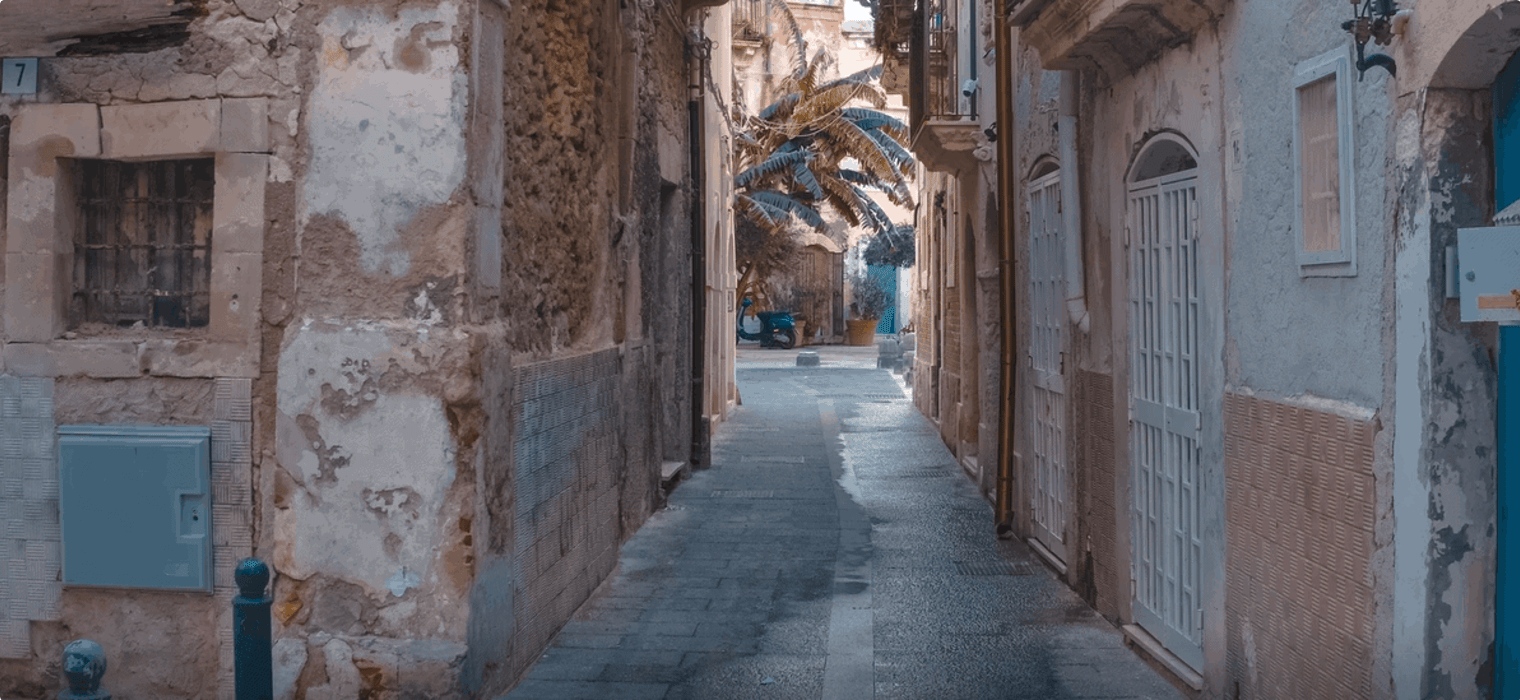
Lisbon Travel Notes for mature & senior Travellers
Travellers, meet Lisbon. Lisbon, Travellers.
Hello there. Olá! I am Lisbon, an elegant Portuguese city perched upon the banks of the sparkling River Tagus. Locals call me ‘Lisboa’. I am famous for my many palaces, churches and castles, my dazzling pastel-coloured houses, my many vibrant and ornate tiled surfaces, my fresh seafood, my beautiful cobbled streets, my world-famous art galleries and restaurants and my spectacular beaches. One travel writer described me as ‘a place so beautiful you can’t believe people are using it to live in’. If you’d like to come see me, why not try one of Odyssey Traveller’s seniors small guided group tours of Spain and Portugal? See you soon!
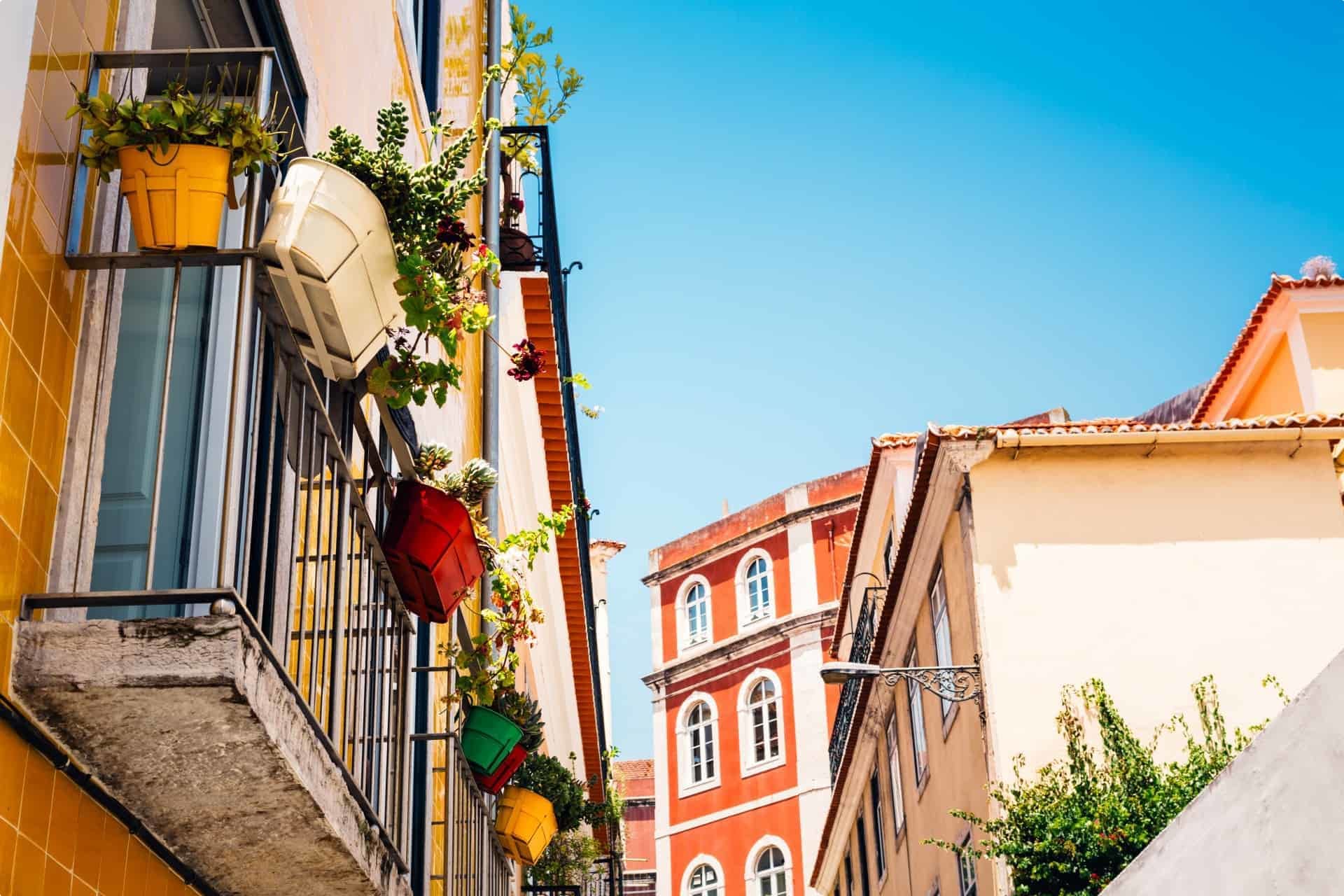
As old as time itself
Lisbon, the capital of Portugal, is one of the oldest cities in the world. It is the second oldest capital city on the planet, after Athens. People have continuously inhabited it for over 2000 years, making it older than Rome, Istanbul and Paris. It has been ruled by Romans, Germanic tribes, Moors and Crusaders. Situated on the Atlantic coast of the Iberian Peninsula, Lisbon is the westernmost capital of mainland Europe. It has been the de facto capital of the region for so long that there aren’t even any official documents declaring it the capital of modern day Portugal. The Portuguese just know it to be true.

City of Seven Hills
There are many myths surrounding the city’s famous seven hills. According to local legend, Lisbon was founded by Ulysses, who fell in love with its snake-woman, Ofiussa. When Ulysses abandoned her and returned to his Greek homeland, Ofiussa was so furious that she made the entire city tremble, creating the seven hills of Lisbon. Another tradition declares that the seven hills represent the seven gates of heavenly Jerusalem, and the seven hills of Rome, an idea popularised by 17th century Portuguese authors such as Frei Nicolau de Oliveira. There is even a myth that the hills represent seven elements of matter: atomic particles, sub atomic particles, ether, air, fire, water and earth.

Getting Around on Trams
The best way to see what Lisbon has to offer is on one of its antique 1930s trams. On the yellow number 28 tram you can see much of the city’s best architecture in one ride. It heads through the district of Alfama, the only one to have survived the 1755 earthquake which destroyed most of the city. A 24-hour ticket for trams, metro and buses will set you back €6.15.
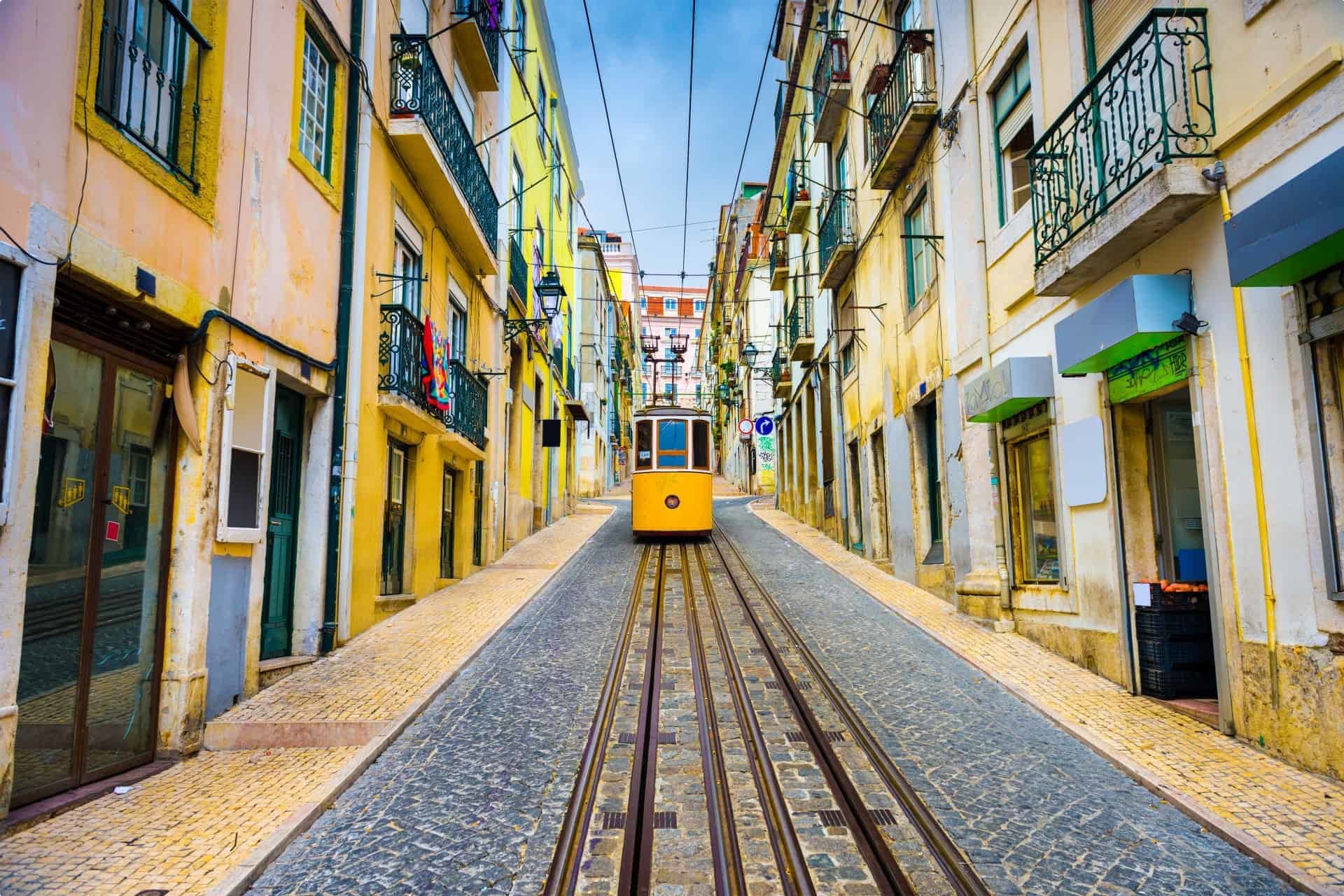
Alfama
The Alfama is the oldest part of Lisbon – walking through it can feel like stepping into a time machine. Indeed, walking is the best way to explore the Alfama. Its steep, cobblestone streets have a village atmosphere. You can wander the narrow lanes of houses and grocery stores, and even buy fish direct from doorways. Alfama was once the home of Lisbon’s upper class, but after the 1755 earthquake destroyed most of their majestic homes, the area became more working class. These historical changes are reflected in the maze-like, hodge podge structure of the district. Towering above the neighbourhood is the Castle of Sao Jorge, the royal residence until the 16th century. There are also many churches in the area, including the 12th century Lisbon Cathedral and the 16th century Monastery of Sao Vincente de Fora. Finish your explorations at one of the many lovely restaurants, soundtracked by traditional fado music.

Tile Art
Tiles, known as azulejos, are an essential part of Portuguese art and culture. The name azulejo derives from Arabic, meaning ‘small polished stone’. Portugal’s King Manuel I brough the idea back from Spain in the 16th century, and over the next few centuries, tiles were used to adorn the walls of thousands of Portuguese buildings. The colours were influenced by the Age of Discoveries, as Portuguese explorers ventured all over the globe and brought back new images and experiences. The stories of Portuguese history, religion and culture are all represented in these tiles.
When visiting a Portuguese church, be sure to pay close attention to the alters, as many are decorated with azulejo tiles rather than traditional fabrics. Today it is common to see them all over Lisbon: restaurants, railway stations, residential homes and street signs.
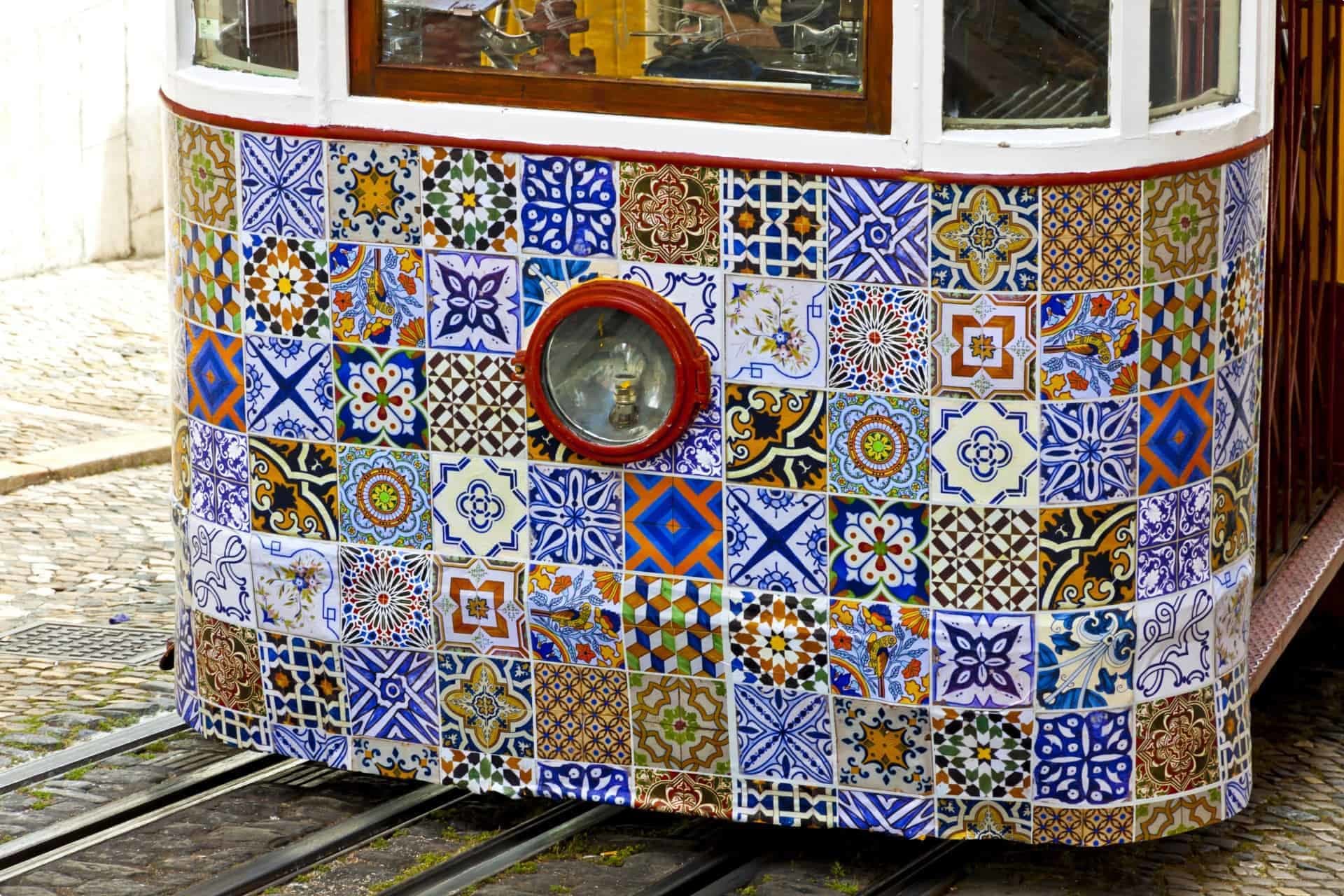
Tile Museums
If tiles are your thing, Lisbon has a number of places where you can see them all in one place. The Museu do Azulejo features ceramic tiles dating back over 500 years. The exhibition route follows a chronological order, so you will get a unique journey through the history of Portugal – through tiles! If you’d prefer a less structured experience, a wander through the streets of Alfama, Chaido and Cais do Sodre is a wonderland for tile lovers.
One of the most important buildings in the country, the Sao Vincente de Fora Monastery, features many marvellous 18 century tiles. The Monastery is built in the mannerist style, and its blue and white interior tiles tell the story of the Seige of Lisbon in 1147. Other tiles within the Monastery recount the fables of the French fabulist poet Jean de la Fontaine. A lesser known haven for tile art is in the city’s more upmarket hotels, such as the Palacio Belmonte and the Palacio Ramalhete – both former palaces of considerable opulence.

Street Art
Until the 18th century, Lisbon had a tradition of building mostly white structures. However, after the 1755 earthquake, many of the city’s wealthier residents started building more colourful homes, either with paint or tiles. This accounts for the dazzlingly colourful palette of modern day Lisbon. Nowadays, the city has a thriving street art scene. Not all street art is made equal, but Lisbon’s errs on the quality side, covering the city’s history and popular culture. Be sure not to miss ‘The Burglar’ on Av Fontes Pereira de Melo in Bairro Alto, a giant silhouetted thief painted onto a multi-storey building. Elsewhere, nearby Rua da Rosa features street art on nearly every surface – and some of the best restaurants in the city.
Torre de Belem (Belem Tower)
Grab your freshly purchased metro ticket and jump on a tram to the Belem district to see the Torre de Belem, a 16th century fortified tower on the north bank of the Tagus River. Also known at the Tower of St Vincent, in 1983 it was listed as a UNESCO World Heritage Site due to the role it played in the Portuguese Age of Discoveries. It is one of the architectural jewels of the reign on Manuel I and one of Lisbon’s most popular tourist attractions.
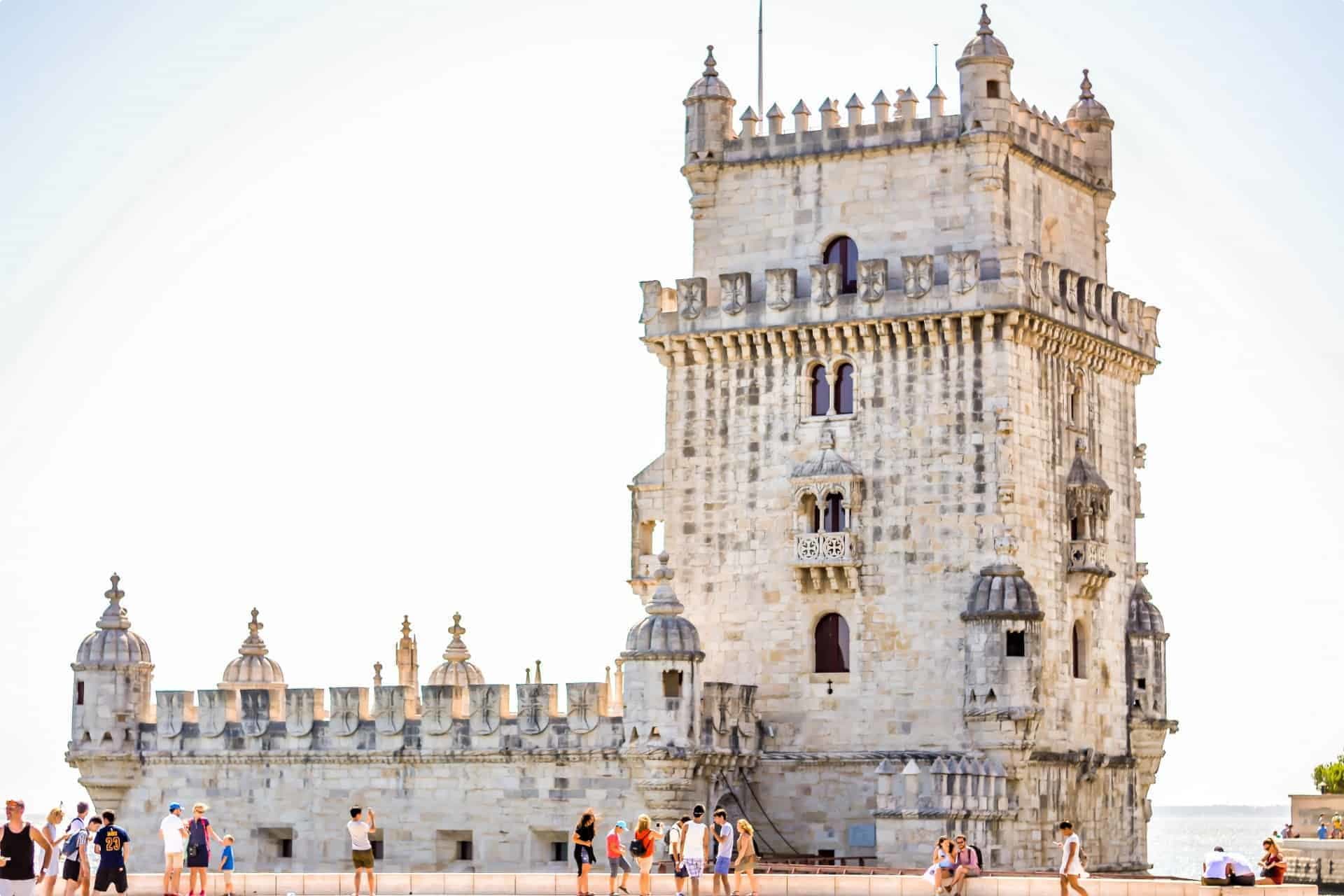
Jeronimos Monastery
Nearby is the amazing Jeronimos Monastery, one of the most prominent examples of the Portuguese Late Gothic Manueline style. Manueline is a richly ornate architectural style with a particular emphasis on maritime elements and objects. This heritage listed building has witnessed many of the most significant events in the city’s history. It was constructed by Manuel I in the early 16th century in order for Hieronymite monks to pray for his eternal soul, as well as to provide spiritual assistance to the many sailors and explorers of the Portuguese Empire. In 1604, the Iberian Union brought Portugal under the reign of Philip of Spain, who made the Monastery a royal monument and prohibited anyone except the royal family and monks from entering. Portugal regained its independence in 1640 and the monastery assumed its former importance. The building even withstood the 1755 earthquake. The religious orders lasted until 1833, when the monastery was abandoned. Today, the Monastery is an icon of the Portuguese nation.
Jeronimos sits adjacent to Praca do Imperio (Empire Square), a huge civic square (the largest on the Iberian Peninsula) with a large foundation in the middle, built for the Portuguese World Exhibition in 1940.
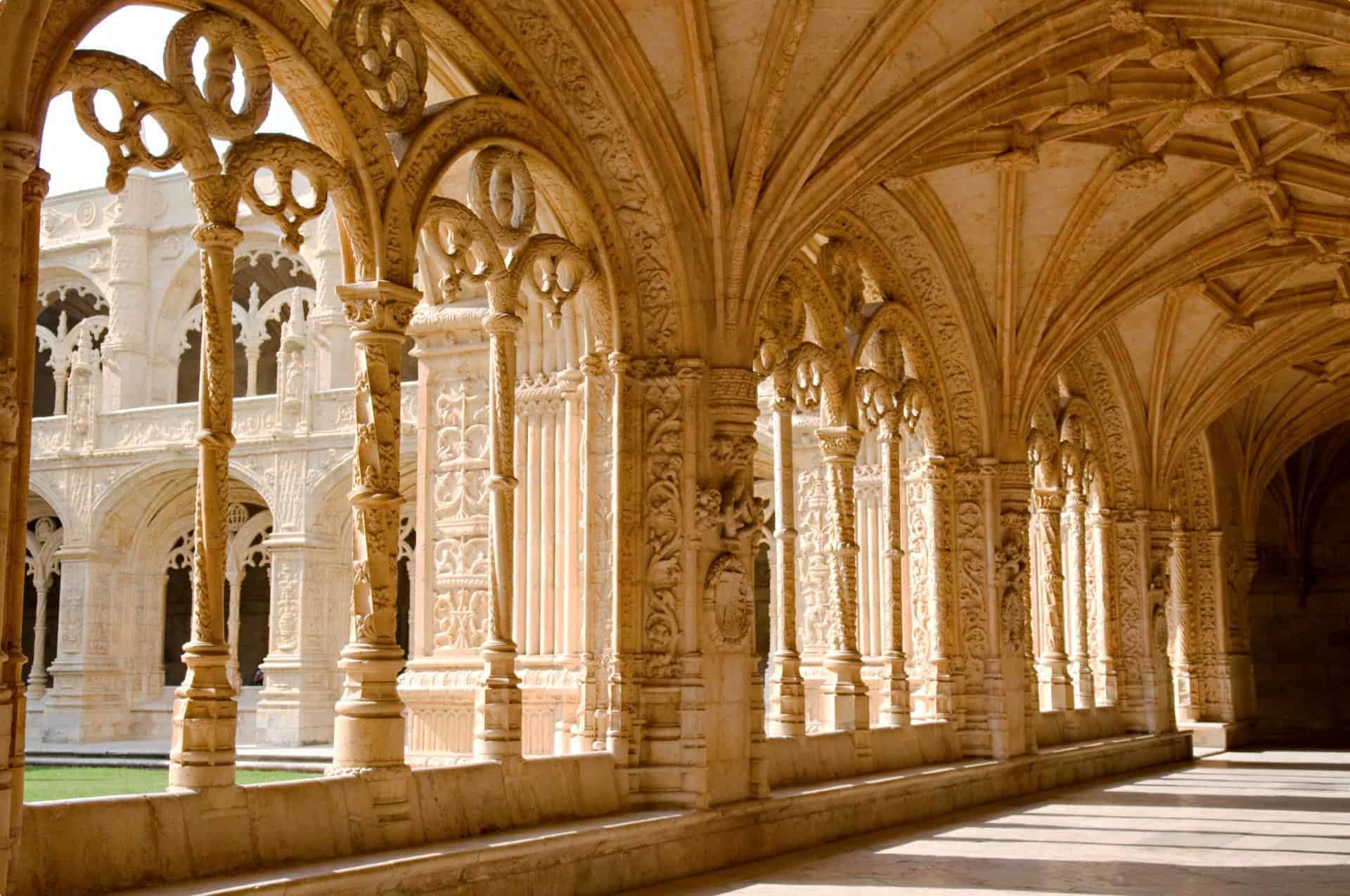
Belem Museums
The Museu de Marinha is a maritime museum dedicated to Portugal’s long and storied history of navigation. The museum is actually within the Jeronimos Monastery in Belem. It was originally established in the 19th century by King Luis I, who had a keen interest in maritime studies. The museum includes paintings, archaeological items, naval instruments and maps and scale models of Portuguese ships dating back to the 15th century. It offers an incredible insight into the history and culture of Portugal.
There are a few more museums in the area. Drop in to the Meseu Nacional de Arqueologia, a small museum featuring artefacts and mosaics from the ancient Egypt and Rome, and jewellery from the Iron and Bronze ages. Also try the nearby Meseu Nacional dos Coches (National Coach Museum), one of the finest collections of historical carriages in the world. Formerly a Royal Palace, this opulent building is now the official residence of the President of Portugal.
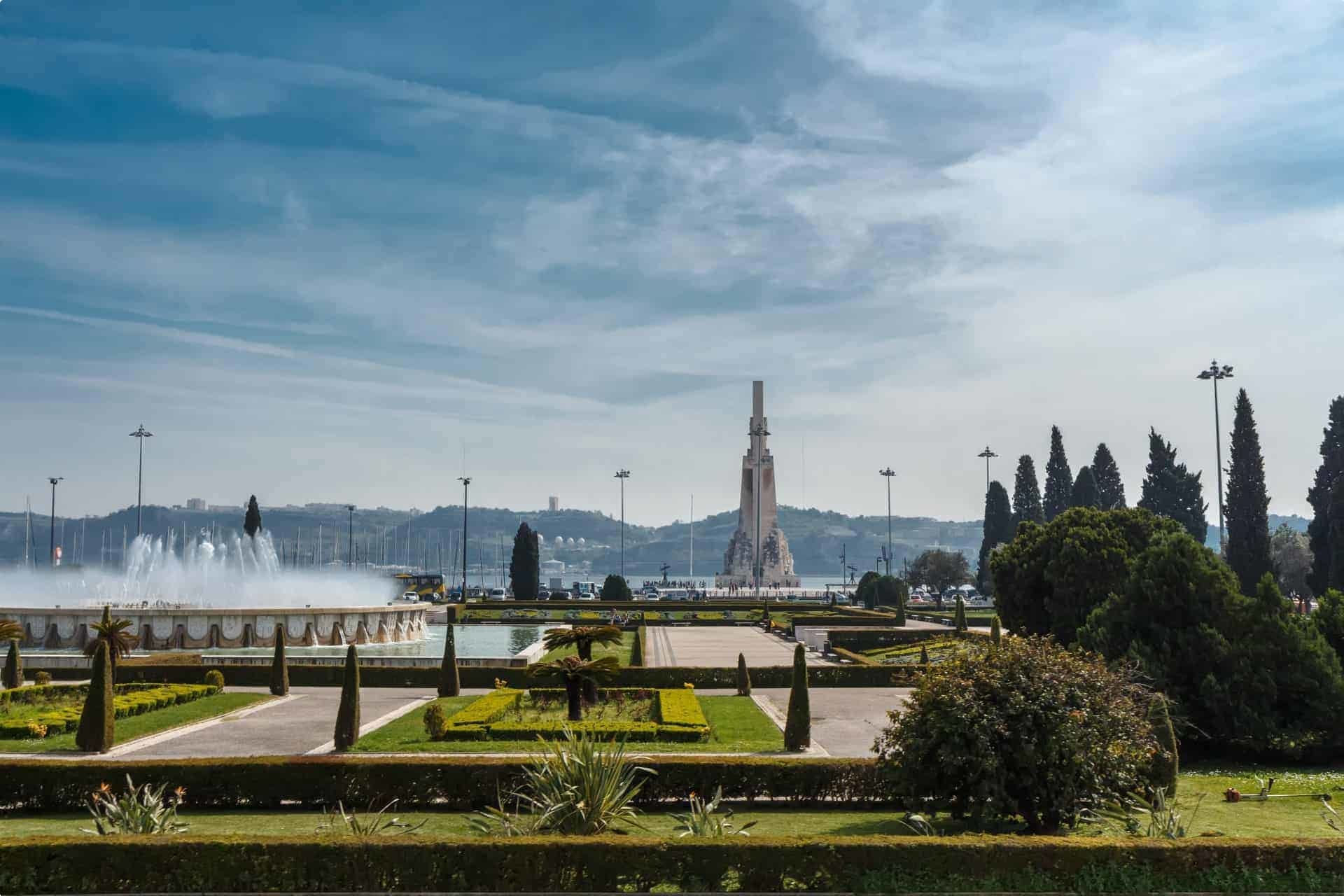
Calouste Gulbenkian Museum
You could spend an entire day in this one stop cultural oasis. It is the legacy of the British-Armenian art collector and oil magnate Calouste Gulbenkian, who provided for it in his last will and testament. The Gulbenkian is one of the premier private museums in the world, it features an incredible collection of Middle Eastern and European art, including 6000 year old Egyptian statues, Greek coins, Persian rugs, Roman jewellery and Turkish pottery. The modern art collection is a who’s who of European art: Rembrandt, Rodin, Renoir, Degas, Monet, Manet and right up to moderns like David Hockey.
Museu Colecao Barardo
If the Gulbenkian whet your appetite for modern art, get a full meal at the Berardo. Almost every major 20th century art movement is represented here, from famous ones like Cubism, Abstract Expressionism and Pop Art to more challenging experimental art. Take your pick of some of the biggest names in modern art: Picasso, Dali, Warhol, Pollock, Man Ray.
Museum of Art, Architecture and Technology
The Museu de Arte, Arquitetura e Tecnologia (MAAT) is huge new museum in a unique building that sits right on the edge of the River Tagus. In fact, most visitors come for the building alone – the art is an afterthought. Its smooth curved exterior looks as if it grew naturally out of the earth. One traveller thought it looked like a ‘flattened standard deviation curve’. The museum itself costs €9 (beware: it is closed on Tuesdays!)
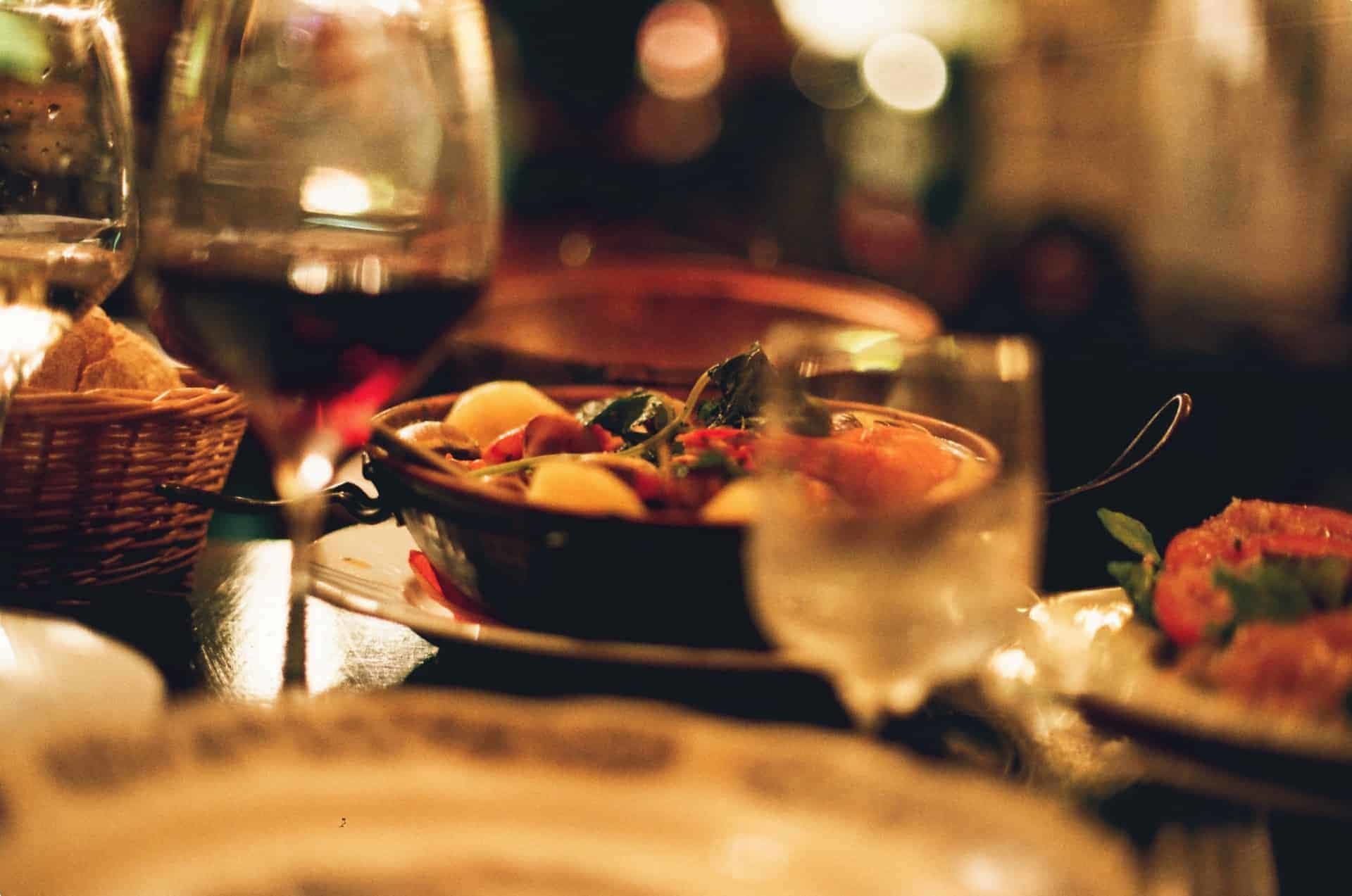
Eating
Lisbon is a foodie city. But it is best enjoyed spontaneously – wandering its labyrinthine streets and discovering little restaurants and bars along the way. As always, it’s best to take your time. Lisbon is known for is amazingly fresh seafood, tapas dining and exotic dishes influenced by the city’s colonial history. Some highlights include Insolito (built inside a grand old house, complete with chandeliers) and Pateo at Bairro Do Avillez (operated by Lisbon’s celebrity chef, Jose Avillez). For the best views of the city try the marvellous Chapito Restaurant in Alfama. For a fun experience check out Mini Bar, a restaurant themed like an old-school theatre.
Drinking
Travellers to Lisbon cannot leave without trying a local drink called ginjinha, a sweet beverage which tastes like a sour cherry liquor. Be aware – it’s very alcoholic! Famously, the sweet fortified wine known as port was popularised in the 18th century when the British were at war with the French and started buying large quantities of wine from the Duoro Valley in Portugal. Grab a glass at any Lisbon bar. Some favourites are Decadante, Pavilhae Chines (a grocery story crossed with an antiques shop crossed with an old pub!) and Hot Clube de Portugal, one of Europe’s best jazz clubs.
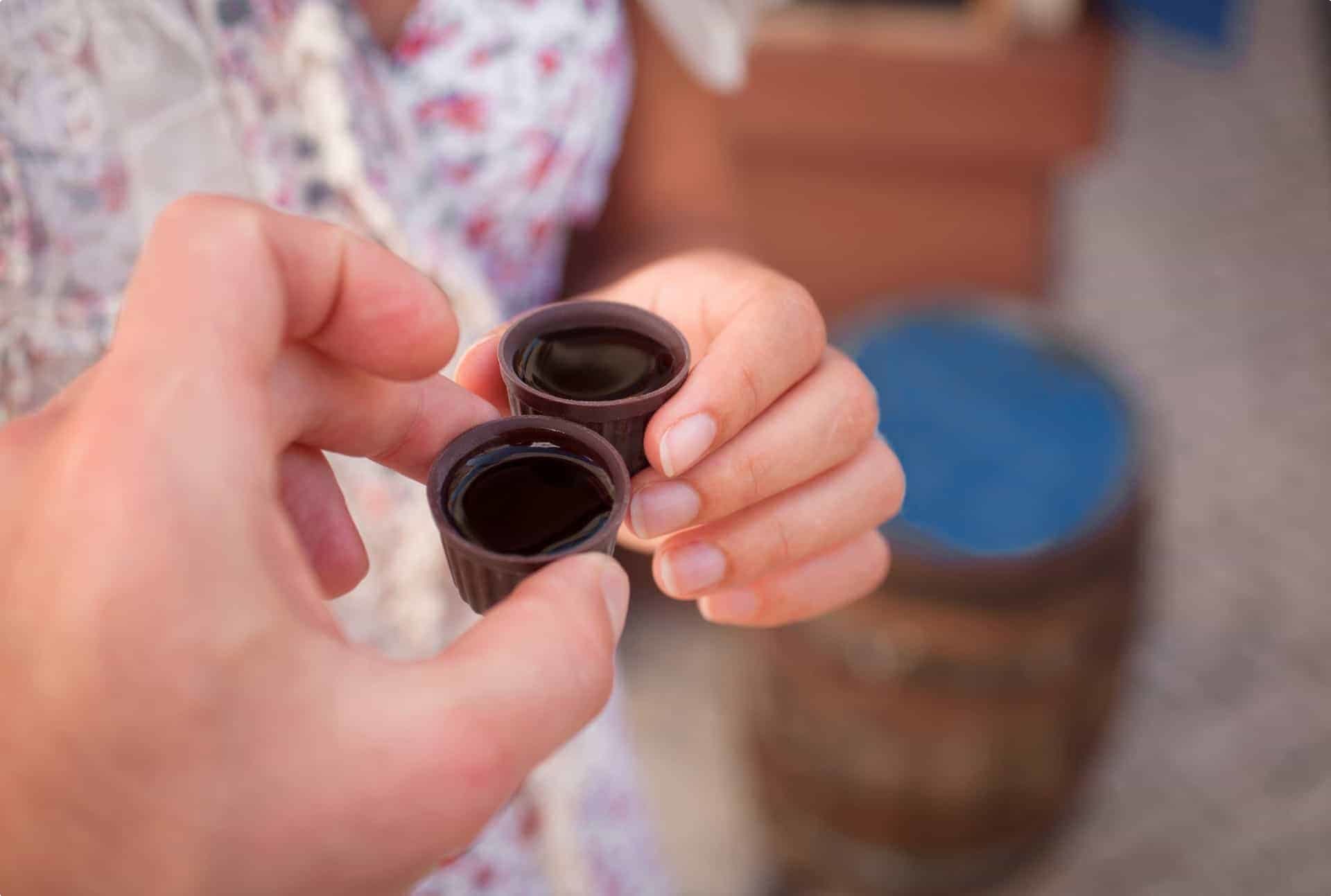
Beautiful Beaches
Lisbon sits on the Atlantic edge of the Iberian Peninsula and is in close proximity to some of the best beaches in Europe. Surfers travel from all over the globe to try out Portuguese waves. And if surfing isn’t your thing, Portuguese beaches are a great place to people watch. Gorgeous humans everywhere!

Tasteful Markets
Lisbon’s many markets are one of the best ways to explore the local culture. The largest is the Mercado da Ribeira, the best place to find seafood and featuring some of the city’s best chefs. Elsewhere, Feira da Ladra (‘thieves fair’) is a vibrant old flea market featuring antique and second hand items. The LX Factory Market (Sunday only) is more modern, featuring hip restaurants, art installations and start-up businesses.
Exploring Lisbon on Foot
Don’t let the steep hills of Lisbon put you off from exploring the city on foot. The ambling can be arduous but the narrow streets that climb up and down Alfama, Bairro Alto and Chaido provide ample shade to rest under. Your wanderings will be worth it for the best hidden restaurants where locals eat lunch, and lovely bars and cafes. The streets are best to explore at the top of the bottom of the day to avoid the crowds of people and the sun.
City of Spies walking tour
Discover a secret side to Portugal on this fascinating walking tour. In the Second World War Lisbon – a major Atlantic port city – was swarming with spies from all sides of the conflict. Portugal remained neutral throughout the war, and this tour takes you to some of the most famous spy hotels in Europe and tells the story of the real-life James Bond and other WWII double agents. For fans of the novels of John Le Carre and the movie Casablanca.

Ferry to Cacilhas (€2.75)
If you find yourself with a bit of time to spare and in need of some relaxation, jump on the ferry to Cacilhas on the other side of the River Tagus. In less than half an hour you will have gone from a city to a village. Think seaside restaurants, old stone buildings, more beautiful tiles and spectacular views of the city. Find a restaurant, great a glass of wine and enjoy the sunset over the water. Paradise!
Estufa Fria and Estufa Quente
This beautiful rainforest garden is one of the city’s hidden gems right in the middle of Lisbon. Situated in the Parque Eduardo VII, it is delight for plant lovers and a tranquil hideaway for those wishing to escape the hustle and bustle of city life. Ferns, banana tree, streams and ponds – what more could you want?
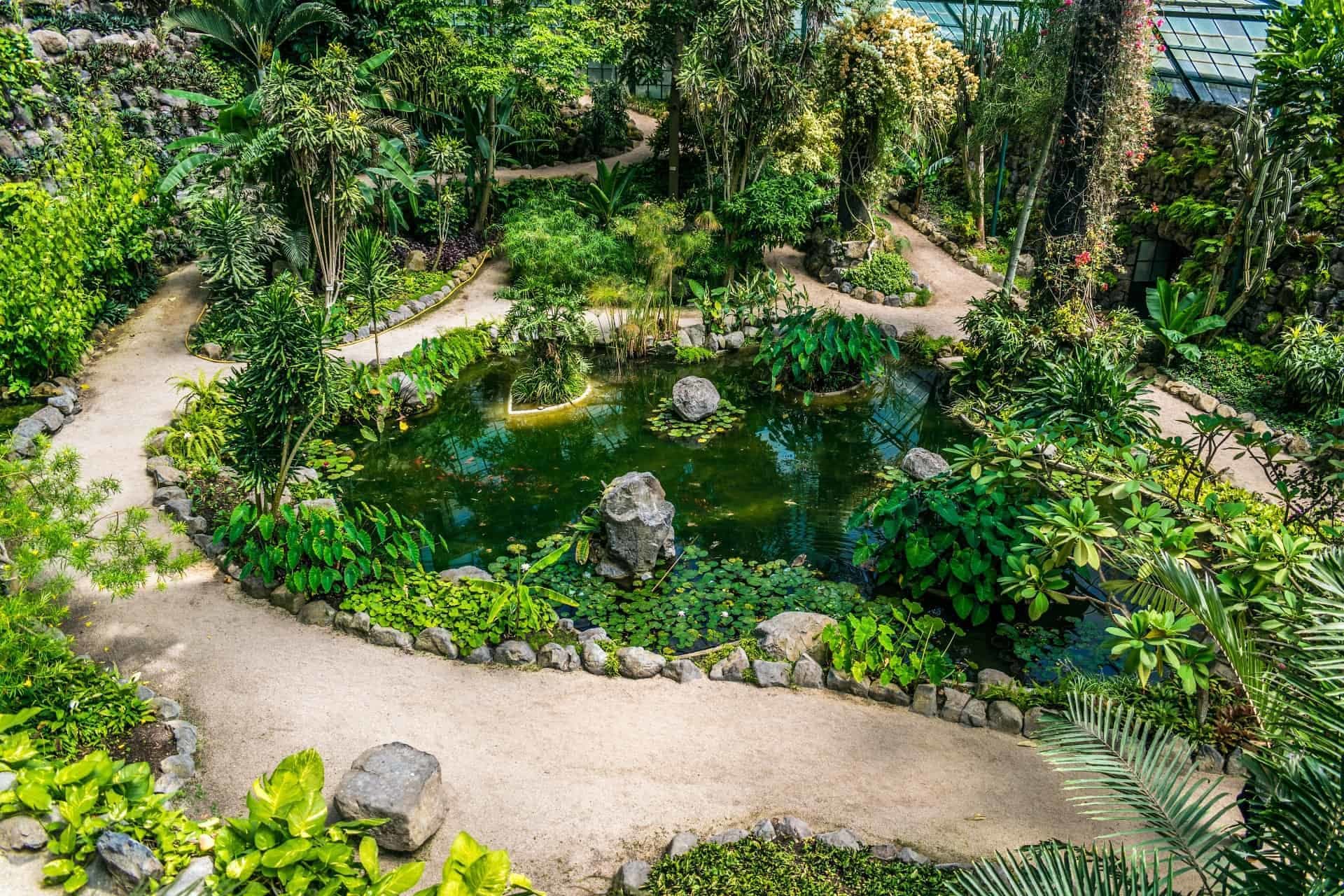
Something different
For those looking for something a bit different, check out the public toilet in Terreiro do Paco Square. Trust me! This is a toilet like no other – in fact, it’s more like an art installation. You must pay for the privilege, but then you’ll be able to tell your friends you’ve been to the ‘sexiest toilet on earth’. Grab something in the attached gift shop for proof!
Day trip: Sintra
Live like royalty at Sintra, a picturesque Portuguese town in the pine-coved hills of the Serra da Sintra and filled with extravagant palaces, mansions and gardens. There are more than ten national monuments within this tiny town, ranging from opulent palaces to ancient castle ruins. Be careful to avoid visiting during the summer peak: the narrow roads to the town can get clogged with tourist buses. It’s best to visit in the shoulder seasons, when you can wander the cobbled streets with ease, breathe the fresh mountain air and marvel at this incredibly beautiful little town.

Stay in Lisbon with Odyssey Traveller
If you are passionate about learning while you travel, you will find a variety of opportunities with Odyssey Traveller. We offer an immersive three-week tour of Spain and Portugal. Odyssey provides a variety of tours to some 80 countries, including in Europe, Africa, and the Middle East. We even run a Summer School series based in Hobart, Tasmania. As long as you remain inquisitive, we continue to design programs to challenge and excite.
Articles about Portugal published by Odyssey Traveller.
- Questions about Portugal
- The Golden Years of Lisbon
- ‘Queen of the Sea’: A History of Lisbon
- Portuguese in Africa
For all the articles Odyssey Traveller has published for mature aged and senior travellers, click through on this link.
External articles to assist you on your visit to Portugal.
- How to get from Lisbon to Sintra (Lisbon Guru)
- How much does it cost to go to Portugal? (Money We Have)
- The 15 Best Day Trips from Lisbon (The Crazy Tourist)
- 9 Awesome Stops for Your Road Trip from Lisbon to Porto (My Path in the World)
- Visit Portugal
Originally published July 27, 2018.
Updated on October 11, 2021.
Related Tours
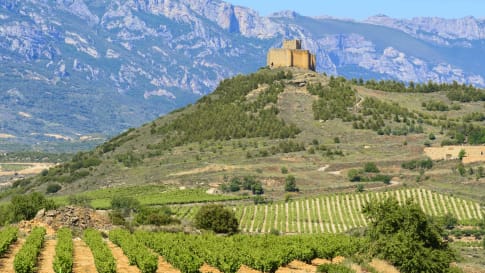
24 days
Apr, Oct, MarSmall Group Guided Tours of Spain and Portugal
Visiting Portugal, Spain
Our program explores the lands of Spain and Portugal, two countries bound by many centuries of history reflected in their modern cultures. Divided by history and language, contiguous neighbours Spain and Portugal were once host to gigantic empires that still bear their languages and lifestyles. A small group tour for couple and solo travellers.
From A$16,225 AUD
View Tour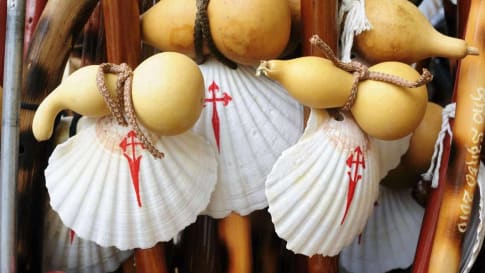
19 days
Sep, Jun, AugSaint James Way Small Group Walking Tour (The Camino)- Spain
Visiting Portugal, Spain
Experience pleasant sections of the Way of Saint James, crossing some of Spain’s most beautiful landscapes. We follow the pilgrims on easy distances of The Way to the mythical destination, Santiago de Compostella. Not since the middle ages has this adventure for body and mind been more popular. We also get to discover the artistic highlights and rich history of Northern Spain and Portugal, as well as enjoying local wines and exquisite food.
From A$14,135 AUD
View Tour

